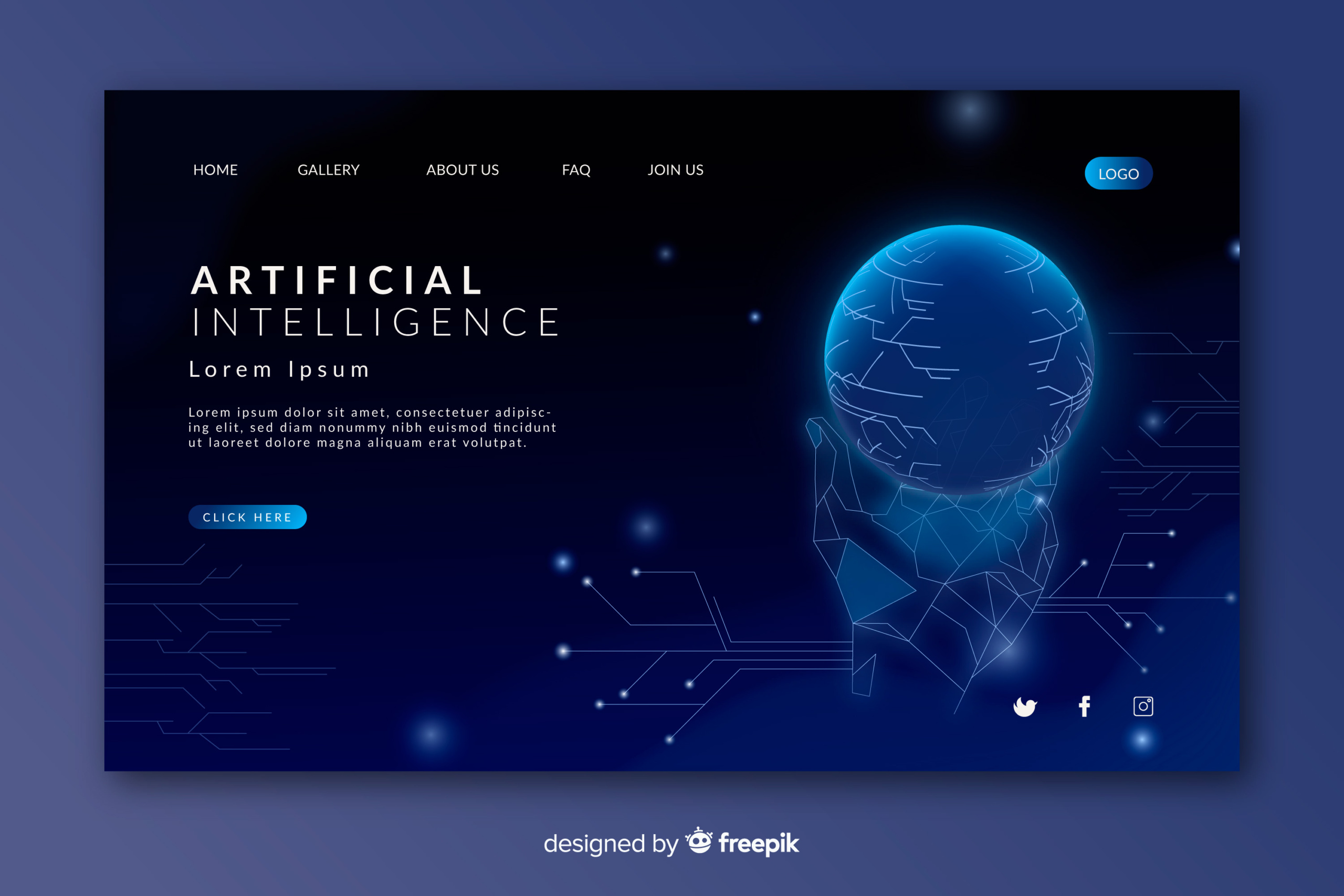As the end of the year approaches, we’d like to take this opportunity to review some of the most innovative events that have occurred throughout the year. Of course, it’s unrealistic to cover all the innovations from this year, so today we’ll focus on a few that left a deep impression on me. To make it easier to remember, we’ll categorize these innovations into two main groups: those that are extremely useful and those that are, well, not so much. You’ll see both the practical and playful sides of the innovators.
Let’s begin with the practical innovations.
Not long ago, Fast Company selected the 50 innovations that made the world a better place this year. This selection has been held annually since 2017, and this year, after reviewing over 1,300 submissions, 50 innovations were chosen.
The majority of these innovations focus on environmental protection and human health.
- Aviation Industry
The aviation industry contributes around 2% of global carbon emissions every year. Aside from fuel, aviation also has a significant impact on climate due to contrails – the visible white streaks left behind by aircraft, which are formed by water vapor from the engines or small particles from incomplete combustion. Research suggests that contrails may be one of the major causes of the greenhouse effect. If we include the impact of contrails, the total contribution of aviation to climate change increases to 3.5%.
However, contrails don’t form in every flight; they depend on the air conditions at the time. In response, Google launched a project in 2022 to use AI in flight path planning. The AI predicts where contrails might form and makes slight adjustments to the flight path, reducing or avoiding contrail formation. After six months of testing, the adjustments resulted in a 54% reduction in contrails. While the plane may take a slightly longer route and use a bit more fuel, the reduction in contrails outweighs this small cost. - Construction Industry
Concrete is the most widely used building material in the world, but it’s also one of the most polluting. The production of concrete accounts for 8% of global greenhouse gas emissions. This has led to numerous innovations in “green concrete.” For example, a startup in Colorado, USA, adds blue algae to traditional concrete ingredients and produces it using bioreactors instead of high-temperature kilns. Similarly, in Miami, USA, a company has 3D printed a substitute for sea dikes using environmentally friendly materials. Though it’s not as hard as concrete, the design mimics the structure of mangrove roots, using its natural advantages to replace the material hardness. - New Energy Batteries
There are also many innovations in new energy batteries. For instance, lithium battery production typically involves injecting brine from salt lakes into evaporation ponds, a process that causes significant environmental damage. This year, a UK company developed a membrane that filters lithium from brine at the extraction site, reducing the cost of battery production by 40%. Another innovation involves long-term stable energy storage. A team in Boston is researching thermal storage, where a giant block of carbon is heated to around 2400°C, capable of storing energy for up to a month and costing 10 times less than current technologies. - Food Security
Every year, global crop yields are reduced by 20-40% due to seed diseases, many of which are contagious and spread to other crops. Traditional methods for treating contaminated seeds are either ineffective or involve harmful chemicals. An innovative company in the U.S. has developed a cold plasma technology that precisely controls ionized gases to break down pathogens on the seed surface, purifying the seeds without consuming additional resources. They’ve built a factory capable of processing 1,000 kilograms of seeds per month, and their goal is to produce more food for humanity without depleting resources. - Groundwater Pollution
Waterproof jackets, non-stick cookware, and waterproof cosmetics often contain permanent chemicals that are stable and cannot be broken down by nature. These chemicals can enter the soil and groundwater, causing permanent damage to the human body. A biotech company has developed a method of injecting colloidal activated carbon into contaminated areas, which absorbs these chemicals and prevents them from spreading. Their technology has reduced leakage by 99.5% at two pollution sites in 2023. - Medical Innovations
The medical field has also seen significant innovations. For instance, many drugs require refrigeration during transportation, which is a complex challenge. The global pharmaceutical industry loses $35 billion annually due to cold chain failures. A company that makes temperature-controlled thermos cups has created a drug cooler that can maintain precise temperatures and provide real-time temperature reports.
In Singapore, a team at the National University has developed a hemostatic material that repels blood. This material can stop arterial bleeding in under two minutes and reduces blood loss by up to 88% compared to traditional methods.
Another innovative solution for traffic accidents involves an app that records users’ locations and heart rates. By analyzing these two data points, the app can detect abnormal heart rates, which may indicate high-risk accident locations, and warn users accordingly.
As you can see, none of the innovations mentioned above are earth-shattering discoveries, but they all have practical, real-world applications.
Now, let’s move on to some of the more whimsical, almost entirely out-of-the-box innovations. Recently, The Science Humor Magazine announced the winners of the 2024 Ig Nobel Prizes. Note that the Ig Nobel Prizes have been awarded 34 times, but they always claim to be in their “first” year. This year, the prize consisted of a Zimbabwean note worth one quadrillion dollars, equivalent to about 2.8 RMB. Each winner had 30 seconds to speak, and if they exceeded the time limit or failed to be funny, an 8-year-old girl would shout, “Boring! Get off the stage!”
Of course, the Ig Nobel Prizes aren’t always just about humor. Some past winners have even gone on to win real Nobel Prizes. For example, André Geim from the UK won an Ig Nobel in 2000 and went on to win the Nobel Prize in Physics in 2010. However, most of the awarded research is more about playful exploration than practical application.
Here are a few examples of this year’s Ig Nobel winners:
- Anatomy Award
This year’s winner studied the swirl patterns in human hair. They found that most people’s hair swirls clockwise, but in the Southern Hemisphere, counterclockwise swirls seem to be more common. Their conclusion: hair swirl direction may not only be genetically determined but could also be influenced by environmental factors. - Demography Award
This was awarded to Dr. Saul Newman from the University of London for discovering a paradox in centenarian statistics. He found that in regions with low life expectancy, statistics often show a disproportionate number of centenarians. This is largely due to poor record-keeping in underdeveloped areas, often skewed by crime rates and pension fraud, leading to the illusion of more centenarians. - Physics Award
James Liao from Florida State University received this award for his research on swimming efficiency in fish. His research focused on the swimming abilities of dead trout, aiming to prove that fish swim effortlessly with the help of water vortices. The conclusion? Living fish swim faster than dead ones, but the difference isn’t as dramatic as we might think. - Probability Award
A team from the Netherlands won the Probability Prize for discovering that coin tosses are not perfectly random. They found that the side of the coin that faces up before tossing is more likely to land face-up. This is consistent with earlier findings from Stanford University’s mathematician Percy Diaconis, who proved that coin tossing isn’t a truly fair game. - Medicine Award
This was awarded to a team that explored the placebo effect. They found that adding side effects to a placebo can make the placebo more effective. In their study, participants who received a placebo nasal spray with a mild burning sensation reported greater pain relief, suggesting that minor side effects can trick the brain into believing the treatment is working.
While these studies may seem light-hearted, they highlight the fun side of science and the curiosity that drives it. As Einstein once said, “I have no special talents. I am only passionately curious.”
That’s all for today’s main content.


